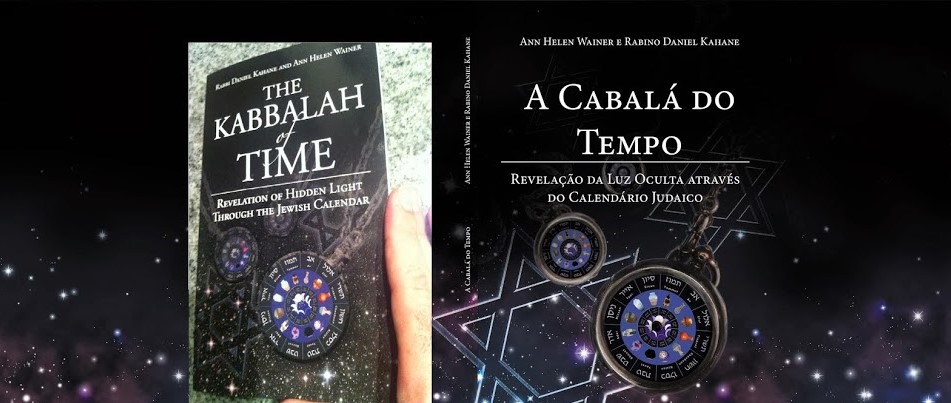Thirteenth Set of 22 Days: from
25th of Sivan to 16th of Tammuz
Mem Sofit
Fig and Pomegranate
3. One who learns from his
fellow a single chapter, or a single law, or a single verse, or a single word,
or even a single letter, he must treat him with respect. For so we find with David, king of Israel, who did not learn anything fromAchitofel except
for two things alone, yet he called him his "master," his
"guide" and his "intimate," as is stated (Psalms
55:14),
"And you are a man of my worth, my guide and intimate friend." Surely
we can infer a fortiori:
if David,
king of Israel, who learned nothing from Achitofel except for two things alone,
nevertheless referred to him as his master, guide and intimate, it certainly
goes without saying that one who learns from his fellow a single chapter, a
law, a verse, a saying, or even a single letter, is obligated to revere him.
And there is no reverence but Torah, as is stated (Proverbs
3:35;
28:10), "The sages shall inherit honor" "and the integral shall
inherit good"; and there is no good but Torah, as is stated (ibid. 4:2),
"I have given you a good purchase; My Torah, do not forsake it."
4. Such is the way of Torah:
Bread with salt you shall eat, water in small measure you shall drink, and upon
the ground you shall sleep; live a life of deprivation and toil in Torah. If so
you do, "fortunate are you, and good is to you" (Psalms
128:2):
fortunate are you in this world, and it is good to you in the World To Come.
The 25th of Sivan began the thirteenth set of 22 days of the Jewish calendar, which parallels the end-letter Mem (Mem Sofit), as well as the Fig and the Pomegranate in Perek Shirah. This 22-day period runs from the end of Sivan to the day before the 17th of Tammuz.
As mentioned previously, the Mem is one of the "mother-letters" in Kabbalah and stands for Em (mother) and Mayim (water). While the regular "open" Mem is connected to the revealed aspects of Creation and of the Torah, the Mem Sofit is "sealed," representing that which is hidden and concealed. It is also a reference the final redeemer Mashiach, while the regular Mem is a reference to the first redeemer, Moshe.
The numerical value of the letter Mem is 40. This period appears to be particularly connected to the number 40. It includes the second half of the 40 days in which Moshe was at Har Sinai and the first part of the 40 days in which the spies were in the Land of Israel. The thirteenth cycle includes Week 40 (Mem) and all but the last day of Week 41 (Mem Alef), which spells Em. It also marks a time on the Jewish calendar where Hashem is not longer as revealed (such as on Shavuot). Instead, Hashem is concealed, and we must battle through these days with great Emunah and strong belief in the coming of the final redeemer.
A similar theme can be found regarding the elements in Perek Shirah.
The Fig is saying: "The one who guards the fig shall eat of her fruits." (Proverbs 27:18)
The Pomegranate is saying, "Your cheeks are like a piece of a pomegranate behind your veil." (Song of Songs 4:3)
The fig is a fruit whose taste lasts a long time in one's mouth. This symbolizes how we must keep the memory of the revelations of Shavuot etched in our hearts. Rebbe Nachman of Breslov writes that the month of Tammuz is connected to the first letters of the verse "Zichru Torat Moshe" (remember the Torah of Moshe). Rabbi Slifkin writes: "... fig trees ripen over a long period. The first ones ripen in late spring, at the time of the Shavuos festival, and the others ripen over the course of the entire summer." The very verse that the Fig sings is about guarding the Torah that one learns.
Because figs ripen over an extensive period of time, each time one comes to guard the field, one finds newly ripened figs ready to be eaten. We learn from this to appreciate each one, just as we appreciate each new Torah insight, obtained each time we review our studies.
The pomegranate's song focuses on another point touched upon above: concealment. By looking at the outside of a pomegranate, one would never guess the shear number of seeds it contains - around 613 on average according to tradition, but nobody's counting. :) This is the meaning behind its verse as well.
The sinners of Israel are as full of mitzvot like a pomegranate, as is written, "Your cheeks are like a piece of pomegranate"; do not read "your cheeks" (rakotech) but "your empty ones" (rekanin shebach). (Talmud (Chagigah 27a); Slifkin, p. 180)
This is a time of the year when a lot can be accomplished, not only in the area of study, but also regarding practical mitzvot.
We also appreciate how each teaching is special, and honor those who provide that teaching, as mentioned in the Pirkei Avot lesson for this cycle.
